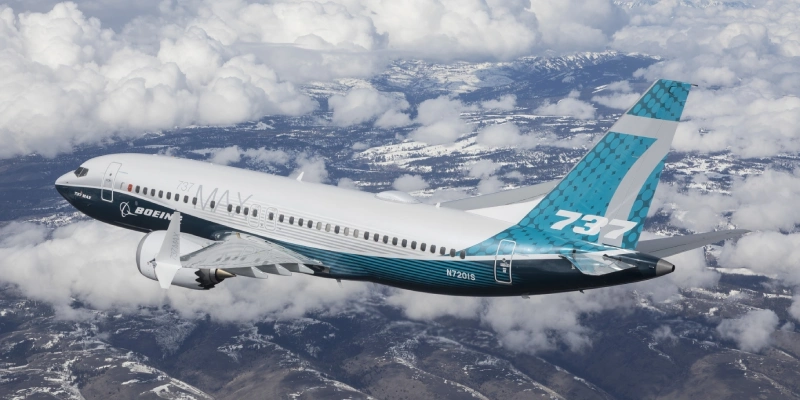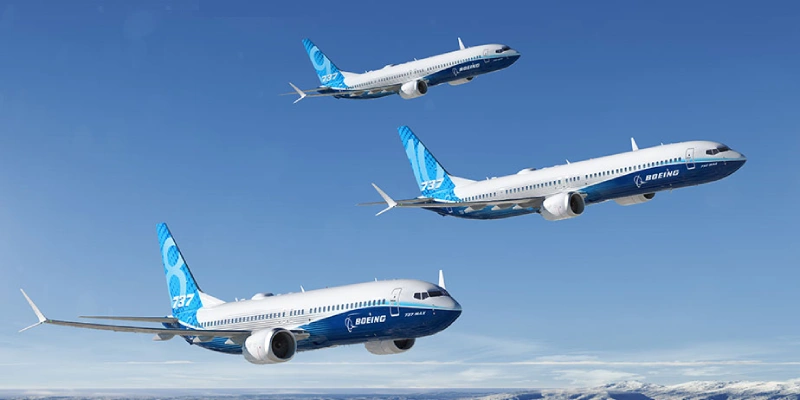The Russian aviation industry is facing one of its worst crises in decades. According to data from ch-aviation, the country has delivered just 1 of the 15 planned commercial aircraft so far in 2025—a direct reflection of the impact of international sanctions and domestic monetary policies, Reuters reported.
Since the invasion of Ukraine in February 2022, Western sanctions have blocked access to foreign-made aircraft and spare parts. With a fleet of over 700 planes—mostly Airbus and Boeing—Russian airlines now rely on indirect import routes to secure critical components.
“There is no component base, no technology, no production facilities, no engineers. Building all of this from scratch takes years, if not decades,” warned an industry source.
The challenge is particularly severe for a country spanning 11 time zones, where air transport is essential for connecting passengers and cargo across its vast territory.
Lagging Production and Slashed Targets
In 2021, Russia added 52 new commercial aircraft, including 27 Airbus, 3 Boeing, and 22 Sukhoi Superjet models with imported parts. Since then, only 13 aircraft have been added: 12 Superjets and one Tupolev Tu-214, the latter used by Deputy Prime Minister Denis Manturov.
Production targets have been drastically cut. The initial goal of 171 aircraft for 2024–2025 was reduced to 21 units in June, and last month, it was announced that the target would be revised again due to financing costs and production slowdowns.
→ Angara Airlines Antonov An-24 Crashes in Russia: All 48 On Board Killed
Rostec, the state-owned conglomerate overseeing the Superjet-100, Tu-214, Ilyushin, and even the new MC-21, is facing significant delays. The MC-21, built entirely with Russian components, turned out heavier, with reduced range and efficiency, discouraging airlines. Its mass production, along with that of the SJ-100 and IL-114, has been postponed to 2026—two years behind schedule.
Sanctions and Alternative Routes
Despite efforts to replace imports, Russia still depends on foreign supplies. Customs data shows that in 2024, parts worth at least $300,000 entered the country through intermediaries in Turkey, China, Kyrgyzstan, and the United Arab Emirates, including components from Safran (France), Honeywell (U.S.), and Rolls-Royce (UK).
Companies claim compliance with sanctions and have control programs to prevent product diversion. Honeywell, for example, states it is actively working to disrupt any attempts to reroute supplies to Russia.
Industry and Trade Minister Anton Alikhanov described the challenge as “unique and hyper-complex,” noting, “No other country in the world produces aircraft entirely reliant on domestically substituted imports.”
Impact on Passengers
Limited supply and sustained demand have driven up ticket prices, which have risen steadily in 2023 and 2024, according to Rosstat data. Moscow has even turned to airlines from Kazakhstan and Uzbekistan to operate domestic routes.
Related Topics
Boeing Requests Emissions Exemption from FAA to Sell 35 777F Jets
FAA to Evaluate New Cockpit Alert System for Boeing 737 MAX 10: A Key Step Toward Certification
Southwest Airlines Expects Boeing 737 MAX 7 Certification by August 2026
Airbus Admits Boeing Likely to Win Order Race This Year

Plataforma Informativa de Aviación Comercial con 13 años de trayectoria.




